- You cannot add "Buscopan 10 mg rectal suppositories 10s" to the cart because the product is out of stock.
Analgin 50% / 2 ml 10s solution for intramuscular and intravenous administration
$3.30
Description
The instruction for medical use of medicine Analginum the Trade name Analginum the International unlicensed name Metamizole Sodium Dosage Form Solution for intravenous and intramuscular administration, 500 mg/ml, 2 ml Structure of 1 ml of drug contains active agent – metamizole sodium of 500 mg excipient: water for injections. The description the Transparent colourless or slightly painted liquid Pharmacotherapeutic group Analgetics-antipyretics others. Pyrazyl ketones. Metamizole sodium. The ATX N02BB02 code the Pharmacological Pharmacokinetics Later properties of intravenous administration elimination half-life makes 14 minutes. About 96% are removed with urine in the form of metabolites. After introduction, metamizole sodium is hydrolyzed to pharmacological active 4N-methylaminoantipyrine. Communication of an active metabolite with proteins of plasma – 50-60%. It is metabolized in a liver, removed by kidneys. In therapeutic doses gets into breast milk. Clinical performance generally is defined by effect of 4N-methylaminoantipyrine (MAA) and its metabolites. Metamizole sodium gets through a placenta, metabolites of metamizole sodium get into breast milk. Pharmacodynamics Analgeziruyushchy non-narcotic means derivative of pyrazyl ketone. Metamizole sodium possesses analgeziruyushchy, slight febrifugal and spasmolytic action. The mechanism of effect of metamizole sodium and its metabolites is up to the end not studied. Metamizole sodium and its main pharmacological an active metabolite 4N-methylaminoantipyrine possess the central and peripheral mechanism of action. Not selectively inhibits cyclooxygenase and reduces formation of prostaglandins from arachidonic acid. Interferes with carrying out painful extra- and proprioceptive impulses on Gaulle and Burdakh’s bunches, raises an excitation threshold of the thalamic centers of painful sensitivity, increases a thermolysis. Distinctive feature is the insignificant expressiveness of anti-inflammatory effect causing weak influence on water salt metabolism (delay of ions of sodium and water) and a mucous membrane of digestive tract. Possesses anesthetic, febrifugal and some spasmolytic action (concerning smooth muscles of urinary and bilious tract). Indications – a pain syndrome of average and heavy degree of manifestation of various origin (headache, migraine, a toothache, neuralgia, myalgia, a dysmenorrhea) – the fever resistant to other methods of treatment. The route of administration and doses administer the Drug intramusculary or intravenously (in severe pains) on 1-2 ml 500 mg/ml of solution 2-3 times a day, but no more than 2 g a day. The maximum single dose – 1 g, daily – 2 g. To children appoint at the rate of 5-10 mg/kg 2-3 times a day. To children till 1 year, but 3 months are more senior or with body weight more than 5 kg administer the drug only intramusculary, a course no more than 3 days. The entered solution has to have body temperature. Doses more than 1 g should be entered intravenously, it is necessary to have conditions for performing antishock therapy. Too high rate of administering in this connection intravenous administration has to be carried out slowly (with a speed no more than 1 ml/min.) is the most frequent reason of a sharp lowering of arterial pressure, in position of the patient lying, under control of arterial blood pressure, heart rate and breath. At long use of drug (more than a week) the control of a picture of peripheral blood and a functional condition of a liver is necessary. Elderly patients should begin treatment with low doses since reduction in the rate of removal of active metabolites of metamizole sodium is possible. Side effects In therapeutic doses drug is usually well transferred. Frequency of possible undesirable reactions is classified as follows: very often (≥ 1/10), it is frequent (≥1/100 to & lt, 1/10), infrequently (≥1/1000 to & lt, 1/100), is rare (≥1/10,000 to & lt, 1/1000), is very rare (to & lt, 1/10,000) and frequency is unknown (it is impossible to estimate on the basis of the available data). From a hemopoiesis and lymphatic system: seldom – a leukopenia, it is very rare – an agranulocytosis, thrombocytopenia, frequency it is unknown – aplastic anemia, a pancytopenia. At emergence of a pancytopenia drug it is necessary to cancel and control immediately the general blood test before return of its indicators to norm. The risk of an agranulocytosis increases at metamizole sodium use more than one week. From the immune system: seldom – allergic or anaphylactic reactions. Rashes on skin or mucous membranes (for example, a skin itching, erubescence, rash, hypostasis), can be followed by an asthma, more rare gastrointestinal disorders. Very seldom – generalized urticaria, a Quincke’s disease, a bronchospasm, arterial hypotension, shock. From a cardiovascular system: infrequently – the isolated lowering of arterial pressure (which is not followed by manifestations of anaphylactic reaction), increase in arterial blood pressure, disturbance of a warm rhythm. From skin and hypodermic fabrics: infrequently – persistent medicinal rash, it is rare – rash (for example, makulo-papular), is very rare – Stephens’s syndrome – Johnson, a toxic epidermal necrolysis. From kidneys and urinary tract: very seldom – an acute disorder of function of kidneys, a proteinuria, oligo – and an anury, an acute renal failure, acute interstitial nephrite. The general disorders and disorders in the injection site: frequency is unknown – the short-term coloring of urine in red color which is perhaps caused by presence of rubazonovy acid (metamizole sodium metabolite) at low concentration at urine. At intramuscular introduction, infiltrates in the injection site are possible. Contraindications – hypersensitivity to metamizole sodium, other derivatives of pyrazyl ketone, Pyrazolidinums (for example, to phenylbutazone) – oppression of bleeding (agranulocytosis, a neutropenia) – a liver and/or renal failure – the hereditary hemolytic anemia connected with deficit glyukozo-6-fosfatdegidrogenazy and other types of anemia – a porphyria – a full or incomplete combination of bronchial asthma, the nose recuring a polypose and near-nasal bosoms and intolerance of acetylsalicylic acid or other non-steroidal anti-inflammatory drugs (including in the anamnesis) – a leukopenia – disturbances of a marrowy hemopoiesis (for example, owing to cytostatic therapy or diseases of the haematogenic bodies) – pregnancy, the lactation period – to children in the first three months of life or with body weight less than 5 kg – are inadmissible use for removal of a sharp abdominal pain (before clarification of the reason) – development of anaphylactoid reactions (urtikariya, rhinitis, a Quincke’s disease) at intake of analgetics: salicylates, paracetamol, diclofenac, an ibuprofen, indometacin, Naproxenum – intravenous administration to children up to 12 months. With care: diseases of kidneys (pyelonephritis, a glomerulonephritis, including, in the anamnesis), alcoholism. In a renal failure the delay of removal of metabolites of metamizole sodium is observed. Intravenous administration by the patient with systolic arterial blood pressure is lower than 100 mm Hg or at instability of blood circulation, for example, against the background of a myocardial infarction, a multiple injury, the beginning shock. At elderly patients it is necessary to begin therapy with the smallest doses as delay of removal of metabolites of metamizole sodium is possible. At patients with cirrhosis and a liver failure the removal of 4N-methylaminoantipyrine slows down approximately three times, at such patients it is necessary to avoid introduction of high doses of metamizole sodium. Medicinal interactions Simultaneous use of metamizole sodium with other non-narcotic analgesics and also with Allopyrinolum can lead to mutual strengthening of toxic effects. Tricyclic antidepressants and oral contraceptives break metabolism of metamizole sodium in a liver and increase its toxicity. Barbiturates, phenylbutazone and other inductors of microsomal enzymes of a liver weaken effect of metamizole sodium. Simultaneous use of metamizole sodium with cyclosporine reduces concentration of the last in blood. Sedatives and tranquilizers strengthen the anesthetizing effect of metamizole sodium. The effect amplifies at simultaneous use with codeine, blockers of N2-of histamine receptors and propranalony. Enhances effects of ethanol. At simultaneous use of metamizole sodium and Chlorpromazinum the development of the expressed hypothermia is possible. X-ray contrast agents, colloidal blood substitutes and penicillin should not be applied during treatment by metamizole sodium in view of the increased risk of anaphylactic/anaphylactoid reactions. Miyelotoksichny means strengthen manifestations of a gematotoksichnost of drug, Thiamazolum and cytostatics increase risk of development of a leukopenia. Metamizole sodium, forcing out oral hypoglycemic drugs, indirect anticoagulants, glucocorticosteroids and indometacin from communication with proteins of plasma, increases their activity. Because of a high probability of pharmaceutical incompatibility it is impossible to mix with other medicines in one syringe. Special instructions At treatment of children up to 5 years and the patients receiving cytostatic HP, intake of metamizole sodium has to be carried out only under observation of the doctor. The intolerance meets very seldom, however the threat of development of an acute anaphylaxis after intravenous administration of drug is rather higher, than after administration of drug inside. Patients with atopic bronchial asthma, atopic dermatitis and pollinoses have an increased risk of development of allergic reactions. Against the background of intake of metamizole sodium the development of an agranulocytosis in this connection at identification of unmotivated temperature rise, a fever, a sore throat, the complicated swallowing, stomatitis and also at development of the phenomena of a vaginitis or proctitis the immediate drug withdrawal is necessary is possible. At prolonged use it is necessary to control a pattern of peripheral blood. For intramuscular introduction it is necessary to use a long needle. Coloring of urine in red color at the expense of metabolite discharge is possible (has no clinical value). At patients with a renal failure and a liver it is recommended to avoid administration of drug in big dosages. The extra care is required at appointment as the patient with systolic arterial blood pressure lower than 100 mm Hg. or at instability of blood circulation owing to development of heart failure in a myocardial infarction, multiple injuries, shock, with anamnestic instructions on diseases of kidneys (pyelonephritis, a glomerulonephritis) and at the long alcoholic anamnesis. Metamizole sodium can cause dose-dependent hypotensive reactions. The risk of hypotensive reactions is increased at: the previous arterial hypotension, decrease in volume of the circulating blood or dehydration, an unstable hemodynamics. Use of drug for removal of a sharp abdominal pain is inadmissible (before clarification of the reason). Pregnancy and the period of a lactation Use during pregnancy is contraindicated. In need of use in the period of a lactation it is necessary to resolve an issue of the breastfeeding termination. The feature of influence of medicine on ability to run the vehicle or potentially dangerous mechanisms About adverse influence of drug on ability to drive the car and other types of activity demanding concentration of attention and speed of psychomotor reactions was not reported. Overdose Symptoms: nausea, vomiting, an abdominal pain, an oliguria, a hypothermia, a lowering of arterial pressure, tachycardia, short wind, sonitus, drowsiness, nonsense, consciousness disturbance, an acute agranulocytosis, a hemorrhagic syndrome, an acute renal and/or liver failure, spasms, paralysis of respiratory muscles, coloring of urine in red color at the expense of discharge of rubazonovy acid is possible. Treatment: Specific antidote is unknown. Gastric lavage, salt laxatives, activated carbon. Carrying out an artificial diuresis, hemodialysis, at development of a convulsive syndrome – intravenous administration of diazepam and high-speed barbiturates. The main metabolite (4N-methylaminoantipyrine) is removed at a hemodialysis, haemo filtration, hemoperfusion and a plazmafiltration. A form of release and packing On 2 ml in ampoules of neutral glass. On 10 ampoules in a box of cardboard. Place the instruction for medical use in each box in the state and Russian languages, a knife for opening of ampoules or the scarificator ampoule. When packing ampoules with a ring of a break or a point of a break the knife for opening of ampoules or the scarificator ampoule is not put. To Store storage conditions in the place protected from light at a temperature from 15 °C to 25 °C. To store out of children’s reach! 3 years not to apply a period of storage after the expiration date specified on packing. Prescription status According to the prescription JSC Novosibkhimfarm Producer 630028, Russia, Novosibirsk, Dekabristov St., 275 the Holder of the registration certificate of JSC Novosibkhimfarm 630028, Russia, Novosibirsk, Dekabristov St., 275 the Address of the organization accepting claims for territories of the Republic of Kazakhstan from consumers on quality of the products (goods) responsible for post-registration observation of safety of medicine: Valenta Aziya LLP, Almaty, ave. of Abay, ug. Radostovts St., 151/115, office No. 1102
to Develop the business center Ala Tau
Additional information
| Ingredient |
|---|





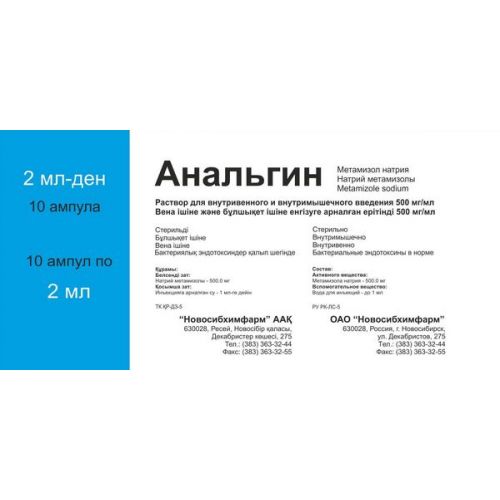
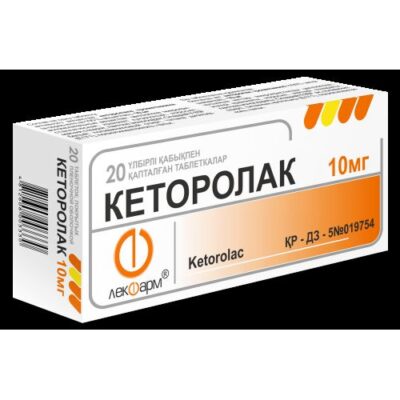
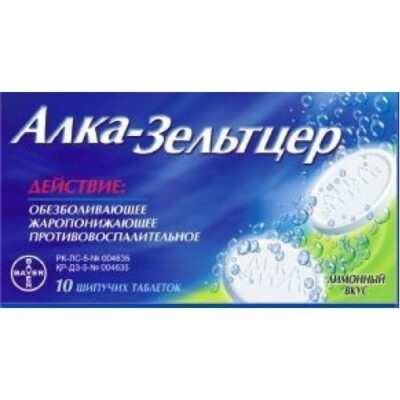
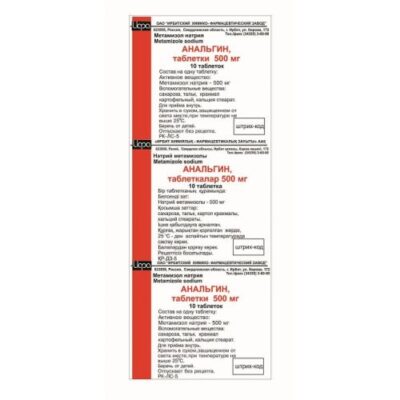
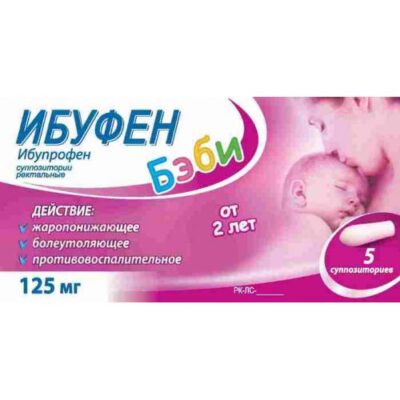
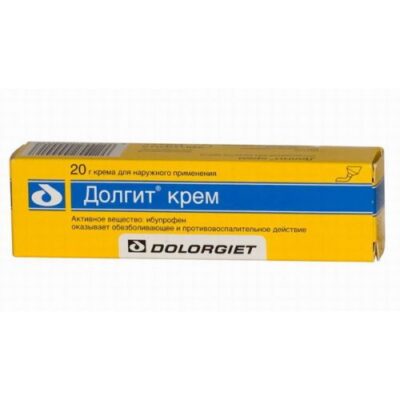
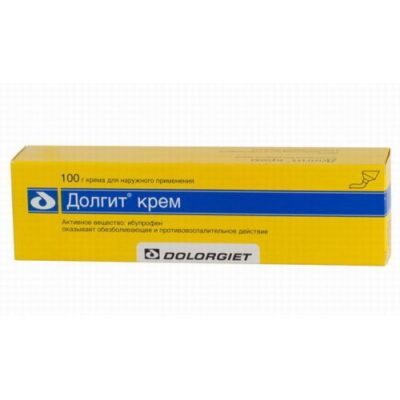
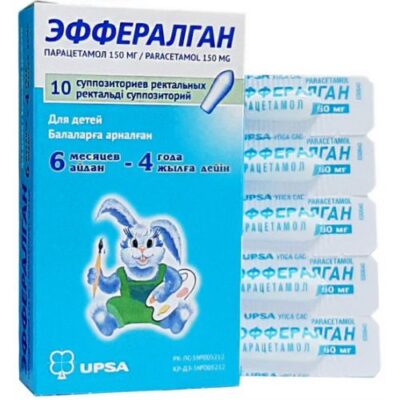
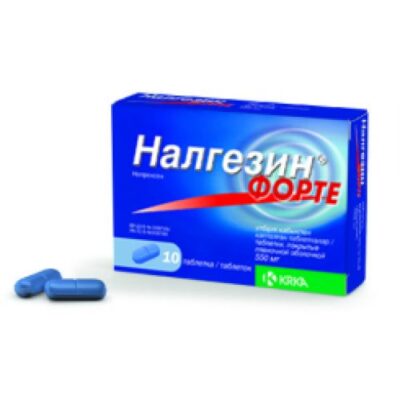







Reviews
There are no reviews yet.